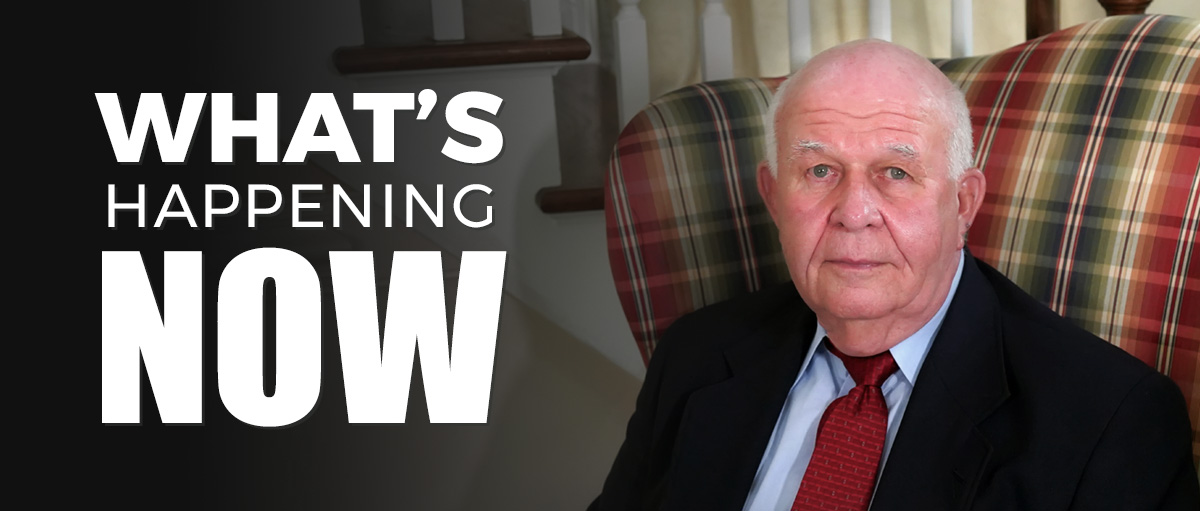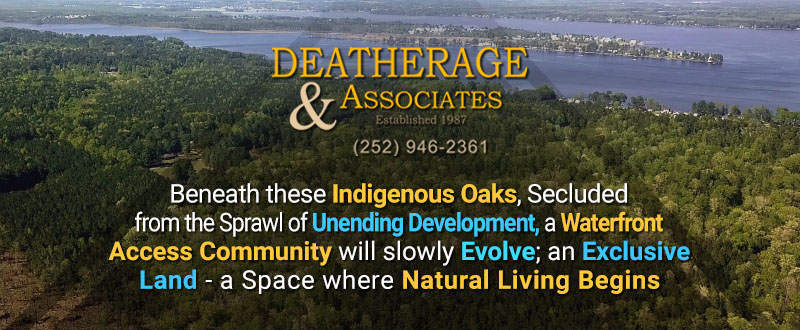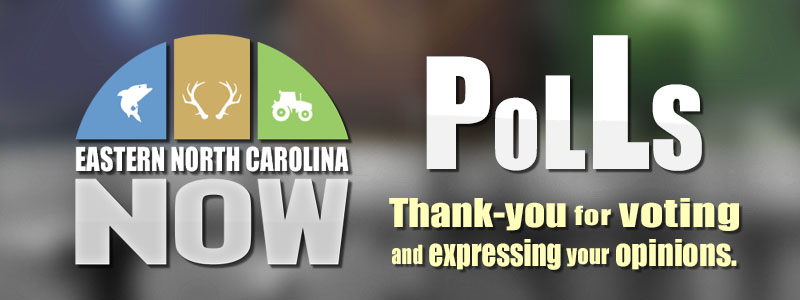Publisher's note: The author of this post is Lindsay Marchello, who is an associate editor for the Carolina Journal, John Hood Publisher.
Public school choice remains a popular option as charters continue embracing innovation and trying to attract a more diverse student population
A new
report shows that charter schools are becoming more racially diverse, enrolling more impoverished students, and performing better than in previous years, but experts say challenges remain.
Since the first charter school opened in North Carolina in 1997, the legislature has required that the State Board of Education compile an annual report on how charter schools are doing and the impact they have on their communities.
Charter schools are taxpayer-funded public schools, but with key differences. While charter schools have more flexibility when it comes to setting the academic calendar and hiring teachers, they aren't required to offer transportation or free or reduced lunches.
"The report is a good reminder of how far charter schools have come since the General Assembly passed the founding charter legislation in 1996 - from 33 schools and just over 4,000 students in 1998 to 173 schools and over 100,000 students in 2018," said Terry Stoops, vice president of research and director of education studies at the John Locke Foundation.
David Machado, director of the Office of Charter Schools, presented the report to the SBE. Machado said about 55,000 students are on waiting lists to attend charter schools.
Despite growing enrollment, charter schools face criticism over what some say is a lack of student diversity. The report, though, shows the racial makeup of charter schools mirrors that of traditional public schools. The exception is with Hispanic student enrollment. Hispanic students account for 9.2 percent of charter school enrollment, compared to 17.3 percent in traditional public schools.
The trend may be changing as Hispanic student enrollment has increased 0.8 percent over last year. Enrollment of white students decreased 1.3 percent.
"The diversity in our charter schools is trending in the right direction," Machado told the SBE.
In 2016, Lt. Gov. Dan Forest created a
task force to study how charter schools are doing in reaching reaching out to Hispanic families. It found only 12 percent of Hispanic parents polled knew what a charter school was or even knew the schools existed. The task force also found several charter schools did not have applications in Spanish.
The task force reported that North Carolina isn't alone in struggling to enroll more Hispanic students in charter schools, and suggested educators look to Florida - a state with higher Hispanic student enrollment - for answers. Referring to charter schools as public charter schools, thus avoiding confusion, was another recommendation.
Not only are charter schools accused of lacking racial diversity, but they are also criticized for serving fewer economically disadvantaged students than traditional public schools. ED students account for 30.6 percent of charter school enrollment - although that is trending upward - compared to 50.4 percent at traditional public schools.
Academic performance has improved, too. More charter schools are scoring an A or A+NG than traditional public schools. Almost 10 percent of charter schools scored high marks, compared to about 7 percent of traditional public schools. At the same time, charter schools also make up a larger percentage of D and F grades. About 25 percent of charter schools received a D or F; 22 percent of traditional public schools received the same grade.
Machado highlighted innovative practices by charter schools in North Carolina.
"Innovation comes in many forms," Machado said.
"It is not always rocket science. Sometimes it is common sense practices, building school culture, or full implementation of sound academic practices."
Machado sees room for improvement, and Stoops agrees.
"North Carolina's charter schools should be proud of their record of improving academic outcomes, but they must also be mindful of the political, institutional, and educational challenges that lie ahead," Stoops said.

























